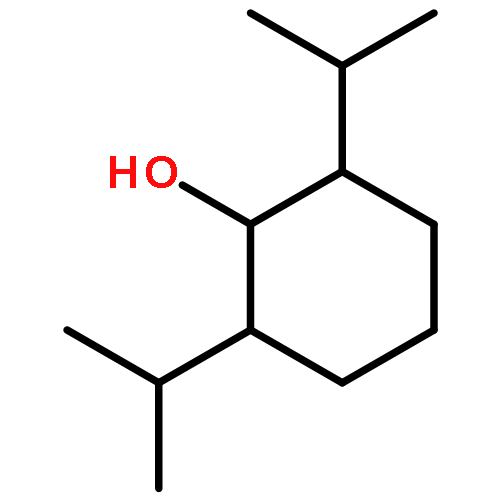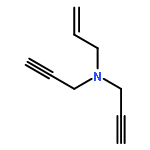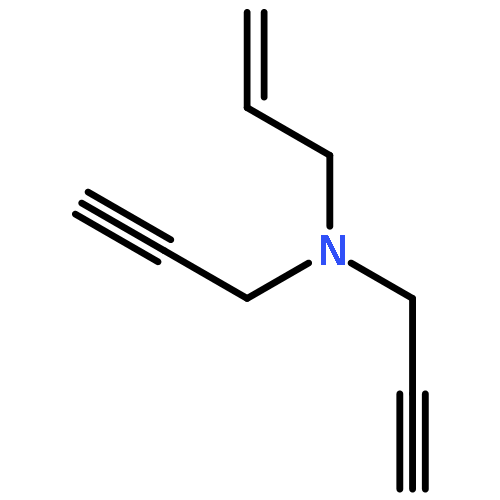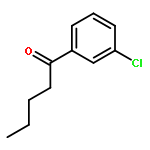Co-reporter:W. Kerr, S.G. Pierce, P. Rowe
Ultrasonics (December 2016) Volume 72() pp:165-176
Publication Date(Web):1 December 2016
DOI:10.1016/j.ultras.2016.08.007
•Synthetic aperture methods have been investigated in surface imaging.•The effects of different imaging and processing parameters have been demonstrated.•Accurate probe manipulation and positional recording achieved with 6 axis robot.•Effects of 2D imaging using 1D arrays on 3D reconstruction investigated.•3D surface reconstruction of different elementary surface forms.Synthetic aperture imaging methods have been employed widely in recent research in non-destructive testing (NDT), but uptake has been more limited in medical ultrasound imaging. Typically offering superior focussing power over more traditional phased array methods, these techniques have been employed in NDT applications to locate and characterise small defects within large samples, but have rarely been used to image surfaces. A desire to ultimately employ ultrasonic surface imaging for bone surface geometry measurement prior to surgical intervention motivates this research, and results are presented for initial laboratory trials of a surface reconstruction technique based on global thresholding of ultrasonic 3D point cloud data. In this study, representative geometry artefacts were imaged in the laboratory using two synthetic aperture techniques; the Total Focusing Method (TFM) and the Synthetic Aperture Focusing Technique (SAFT) employing full and narrow synthetic apertures, respectively.Three high precision metallic samples of known geometries (cuboid, sphere and cylinder) which featured a range of elementary surface primitives were imaged using a 5 MHz, 128 element 1D phased array employing both SAFT and TFM approaches. The array was manipulated around the samples using a precision robotic positioning system, allowing for repeatable ultrasound derived 3D surface point clouds to be created. A global thresholding technique was then developed that allowed the extraction of the surface profiles, and these were compared with the known geometry samples to provide a quantitative measure of error of 3D surface reconstruction. The mean errors achieved with optimised SAFT imaging for the cuboidal, spherical and cylindrical samples were 1.3 mm, 2.9 mm and 2.0 mm respectively, while those for TFM imaging were 3.7 mm, 3.0 mm and 3.1 mm, respectively. These results were contrary to expectations given the higher information content associated with the TFM images. However, it was established that the reduced error associated with the SAFT technique was associated with significant reductions in side lobe levels of approximately 24 dB in comparison to TFM imaging, although this came at the expense of reduced resolution and coverage.

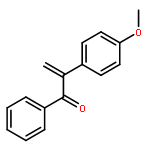




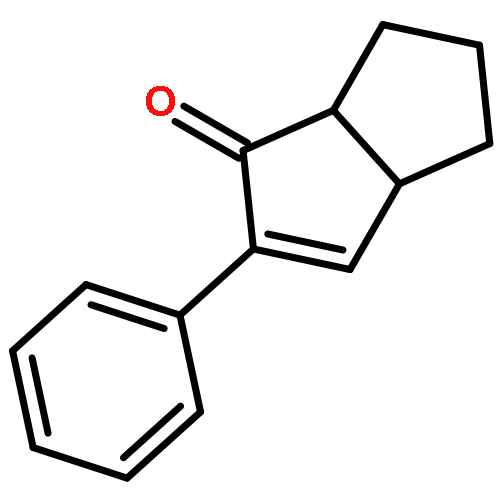
![2-Propenoic acid, 3-[4-(phenylmethoxy)phenyl]-, ethyl ester](http://img.cochemist.com/ccimg/87100/87030-11-3.png)
![2-Propenoic acid, 3-[4-(phenylmethoxy)phenyl]-, ethyl ester](http://img.cochemist.com/ccimg/87100/87030-11-3_b.png)
![4H-Cyclopenta[c]furan-4-one, 1,3,3a,6a-tetrahydro-1,1-dimethyl-, cis-(±)-](http://img.cochemist.com/ccimg/113800/113729-44-5.png)
![4H-Cyclopenta[c]furan-4-one, 1,3,3a,6a-tetrahydro-1,1-dimethyl-, cis-(±)-](http://img.cochemist.com/ccimg/113800/113729-44-5_b.png)



